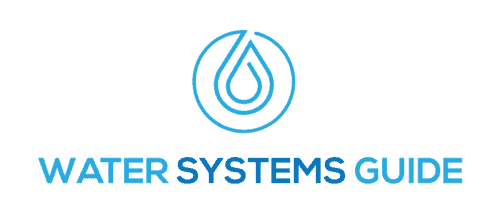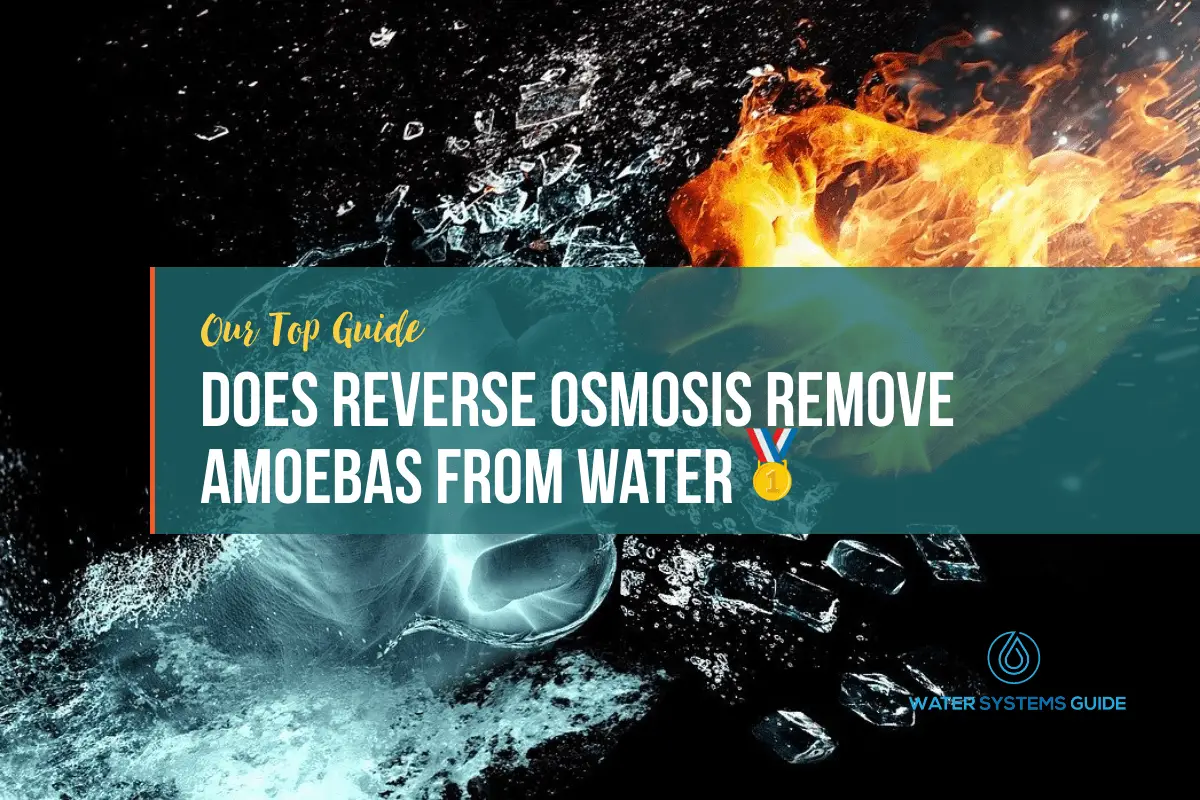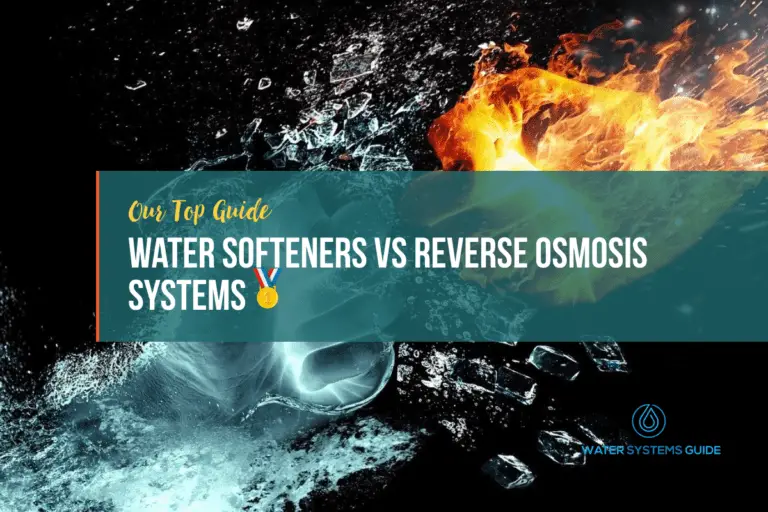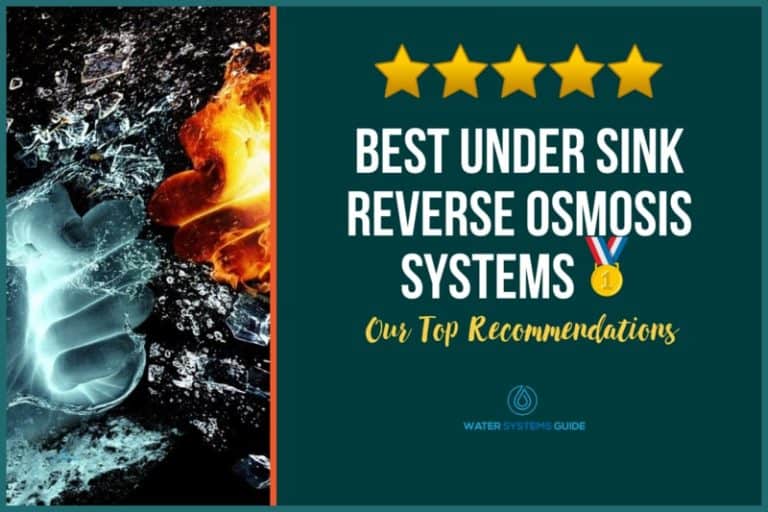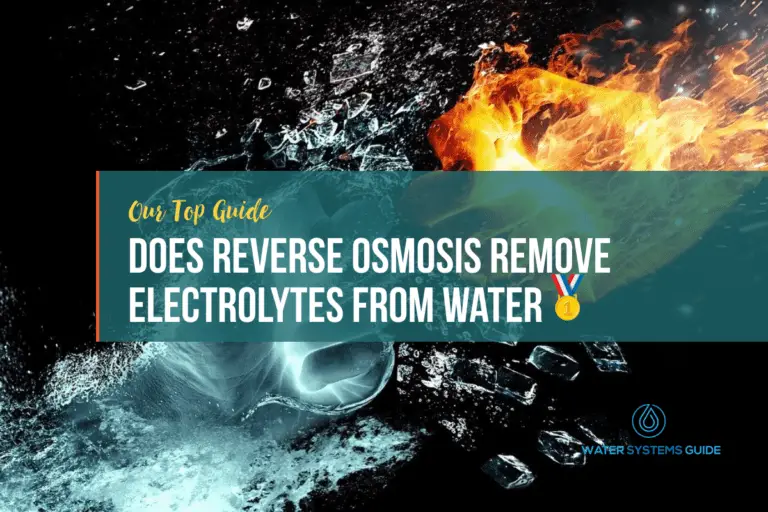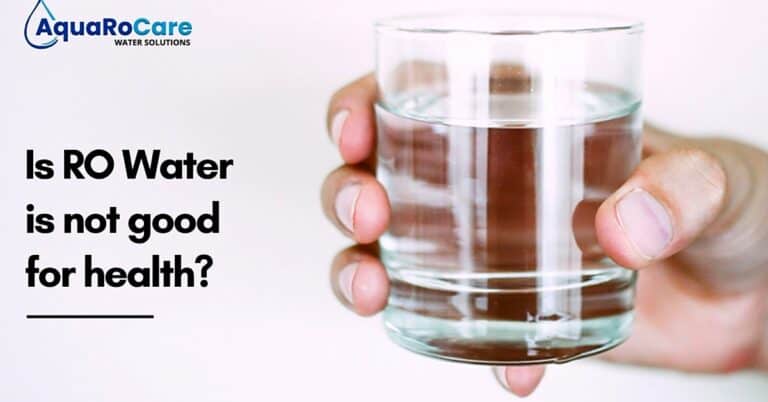Does Reverse Osmosis Remove Amoebas From Drinking Water
In this article, we’re going to be discussing whether RO effectively removes amoebas from water.
What Exactly Is Amoebas
Amoebas are single-celled organisms that are classified as protozoa. They are found in nearly all environments on Earth, from fresh water to hot springs. Amoebas are known for their distinctive shape-shifting abilities, as they can change their form in order to adapt to their surroundings or to capture prey. Amoebas typically reproduce by binary fission, which is a process whereby a single cell splits into two identical cells.
Are Amoebas Harmful to Humans?
There is no scientific evidence that amoebas are harmful to humans. In fact, many amoeba species live in the human body without causing any harm. However, a few amoeba species can cause disease in humans, for example, the Naegleria fowleri which has caused more severe infections such as amebic meningoencephalitis (PAM – a brain infection).
Another one of the most dangerous amoeba is Entamoeba histolytica, which can cause severe diarrhea and liver damage.
How Does Amoebas Get Into Our Water Supplies?
There are several ways that amoebas can get into our water supplies. One way is through contaminated drinking water. Amoebas can also enter the water supply through sewage or stormwater runoff.
Finally, they can be introduced into the water through recreational activities such as swimming or rafting in contaminated water.
Does RO Remove Amoebas from Drinking Water?
Reverse osmosis (RO) systems are designed to remove a wide variety of contaminants from water, including amoebas. RO systems work by forcing water through a semi-permeable membrane. The pores in the membrane are small enough to allow water to pass through, but not amoebas (usually if they’re larger than 0.0001 micron) or other contaminants.
As a result, RO systems are effective at removing amoebas from drinking water.
Should we be trying to reduce amoebas levels in our home water supply
Unless there are excessive levels in your water supply, or one of your family has an immune system issue, there is no need to try to reduce the level of amoebas in home water supplies, since they’re generally not harmful.
How to test your water supply for Amoebas
To test your water for amoebas, you’ll need to collect a sample of water from your tap and then send it to a lab for analysis. The lab will look for the presence of amoebas in the water and will also test the water for other potential contaminants.
Alternatively, there may be kits which you can buy to test it yourself, but these will be less accurate.
The final way to do this is to simply hire a professional, who will take care of the entire process, as well as advise you about whether water treatment is necessary.
What else does reverse osmosis remove from water?
Alternative Methods Of Removing Amoebas From Water
There are a number of alternative methods that can be used to remove amoebas from water, besides RO.
One method is to use a UV water purifier, which will kill the amoebas on contact.
Another method is to boil the water, which will also kill the amoebas.
Finally, you can filter the water through a water filtration system or other type of filter, which will remove the amoebas from the water. However, the CDC recommends using a filter that is designed to remove water-loving germs, these will usually say NSF 53/NSF 58 and should have an absolute pore size of 1 micron or smaller.
